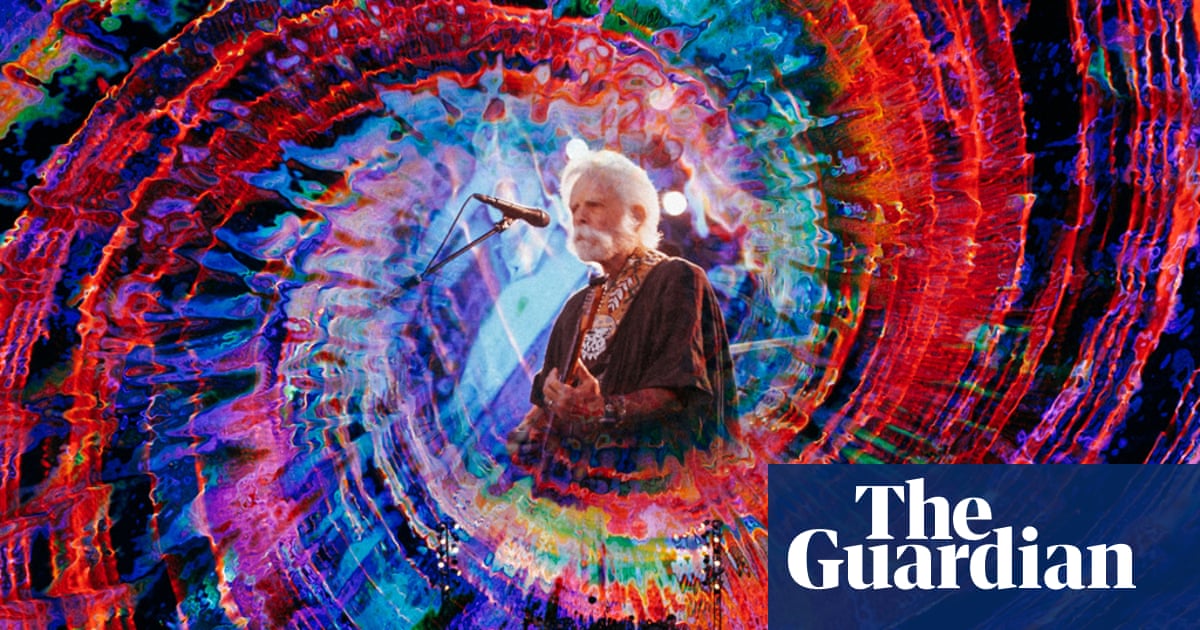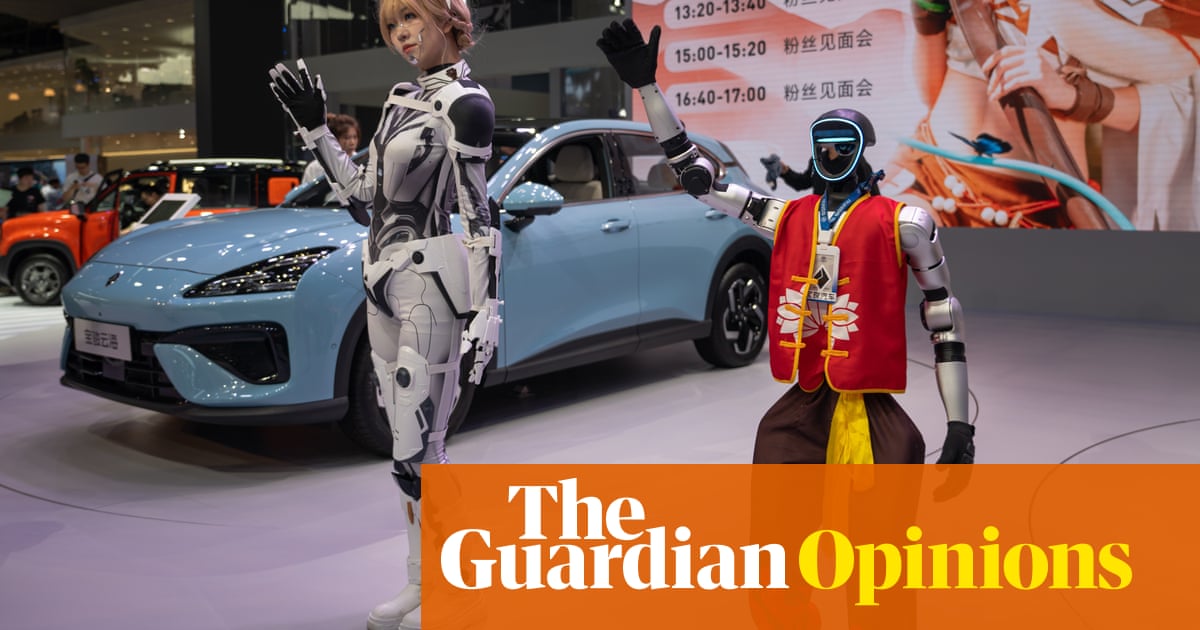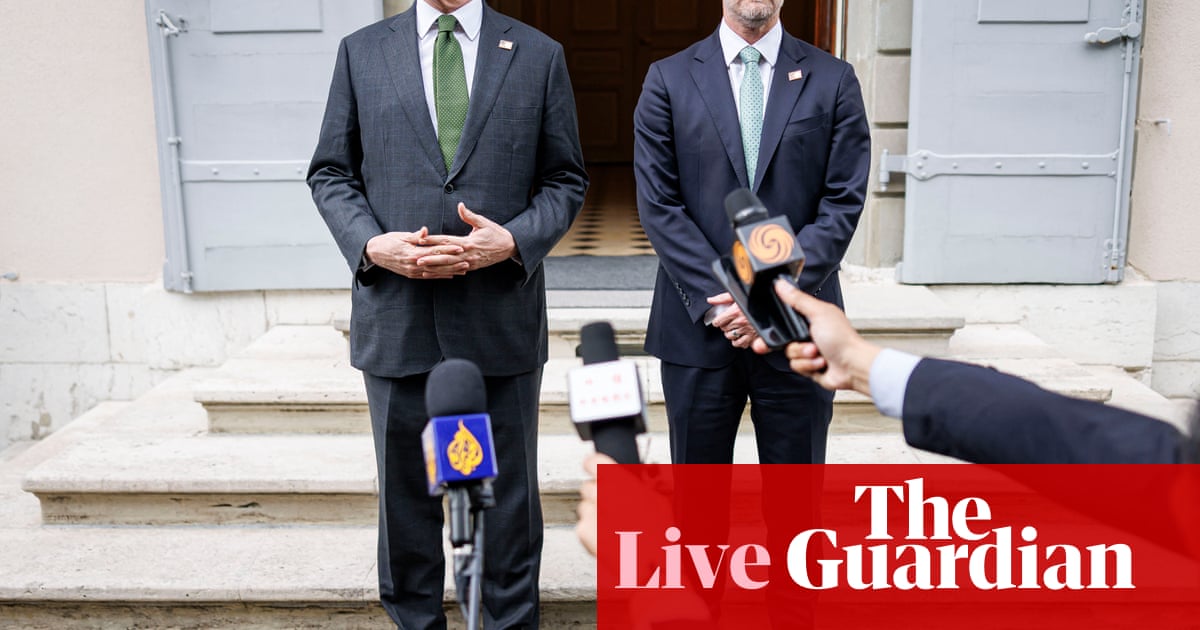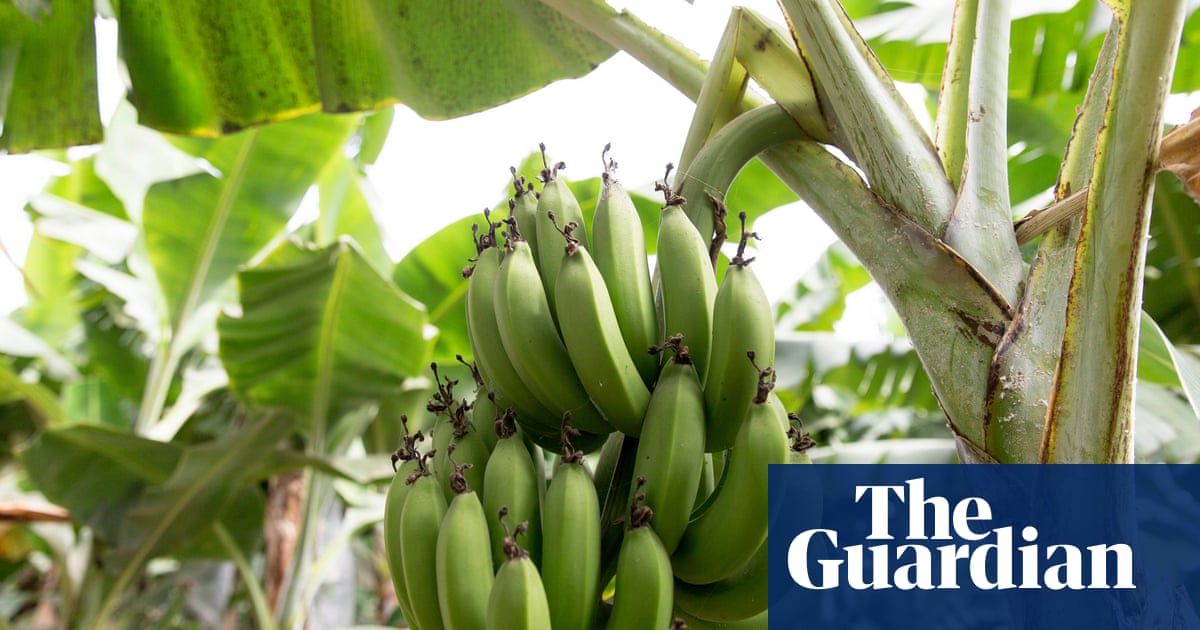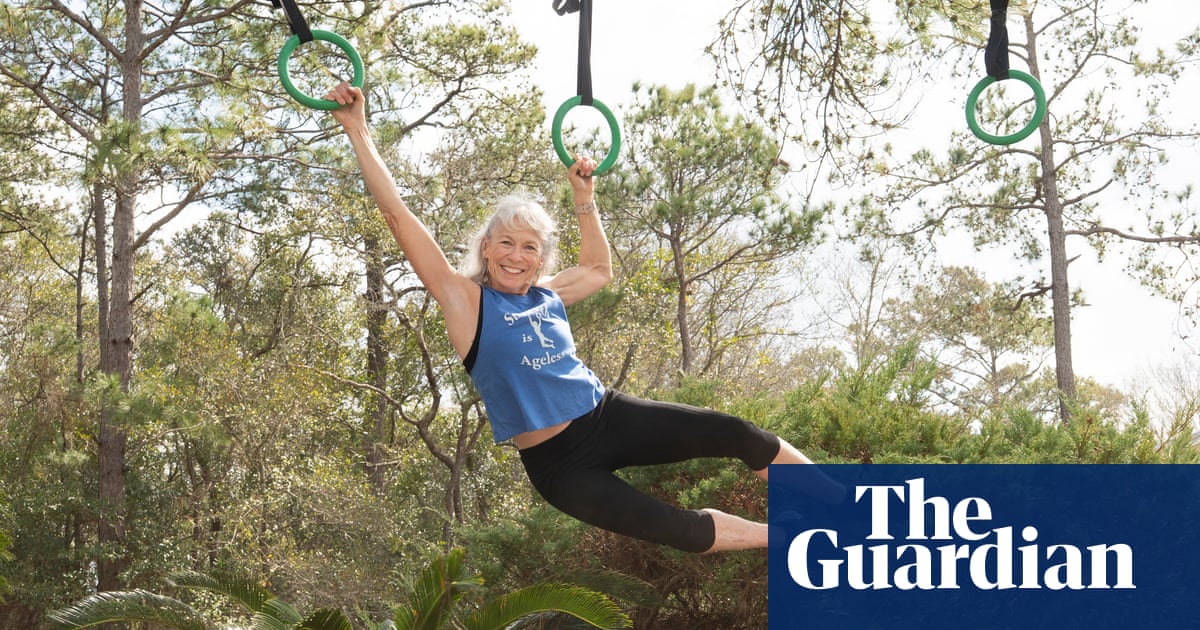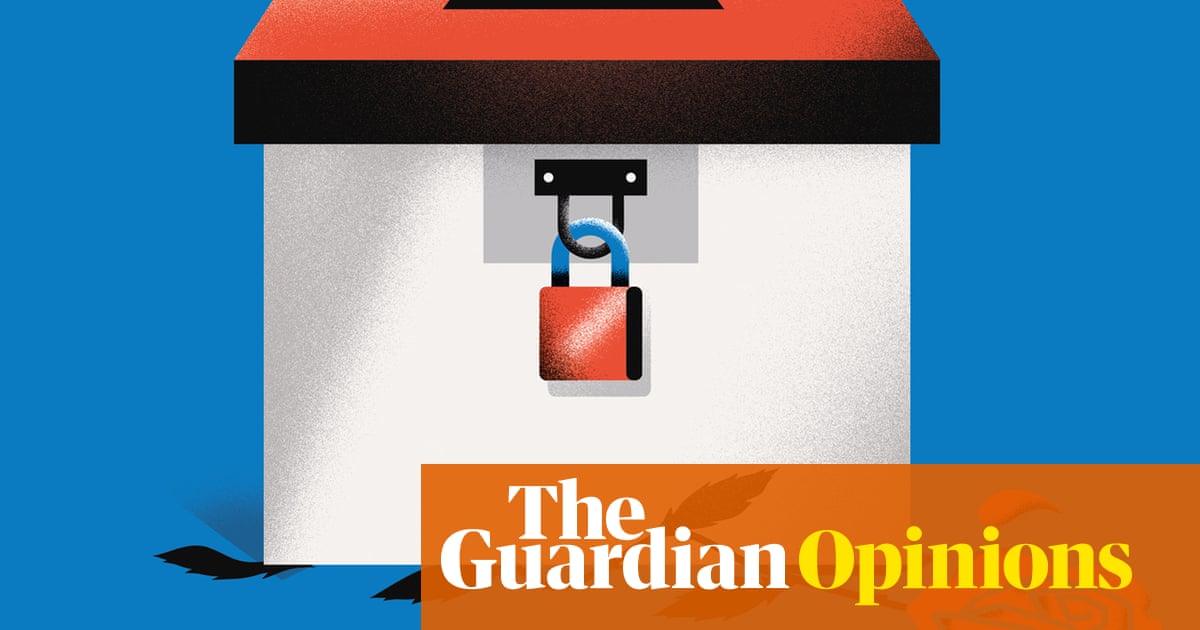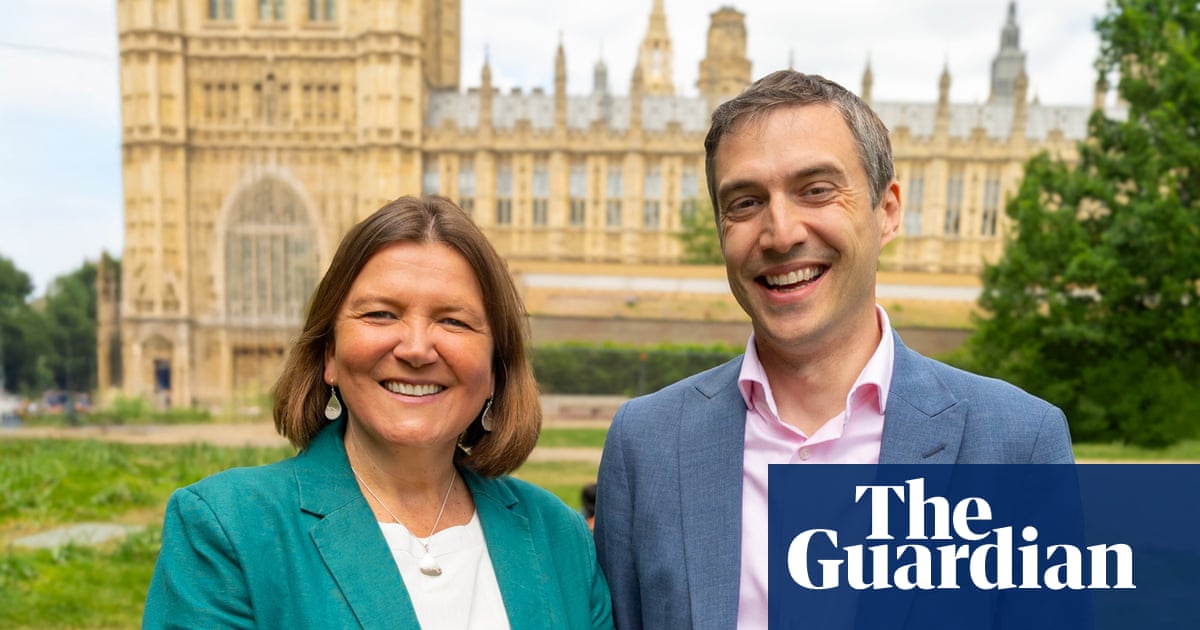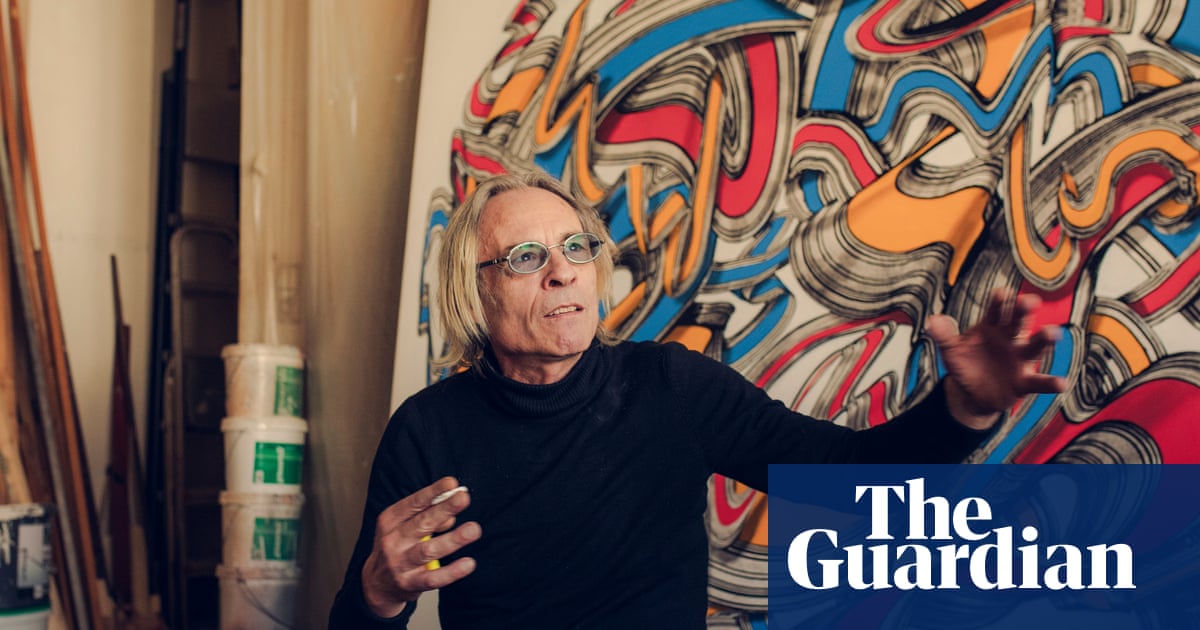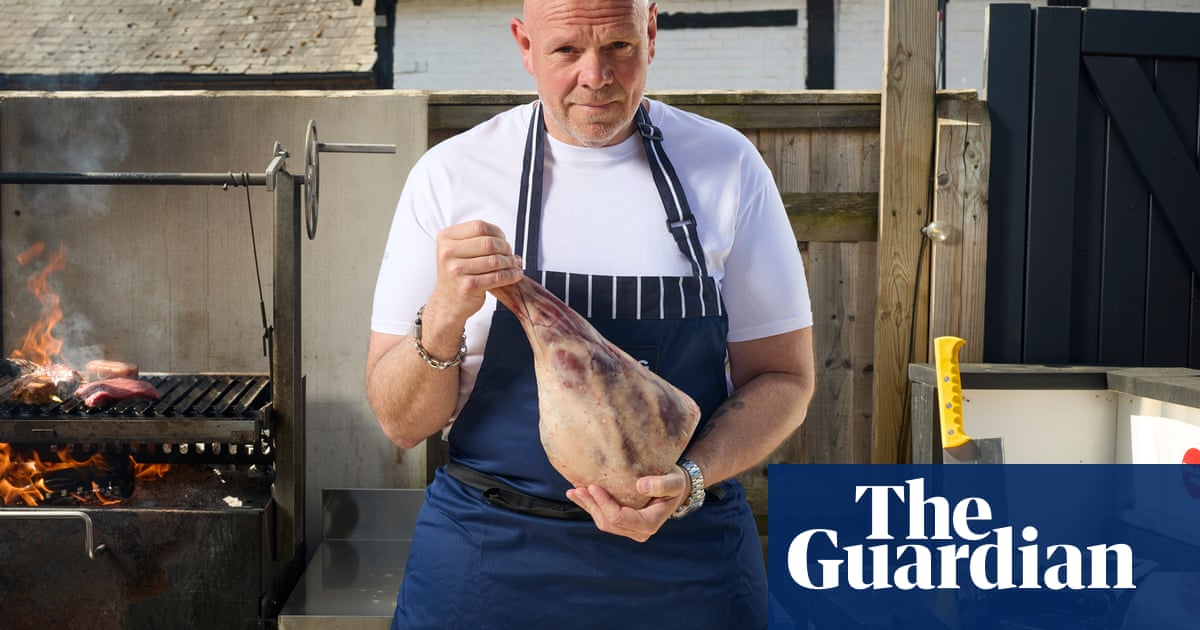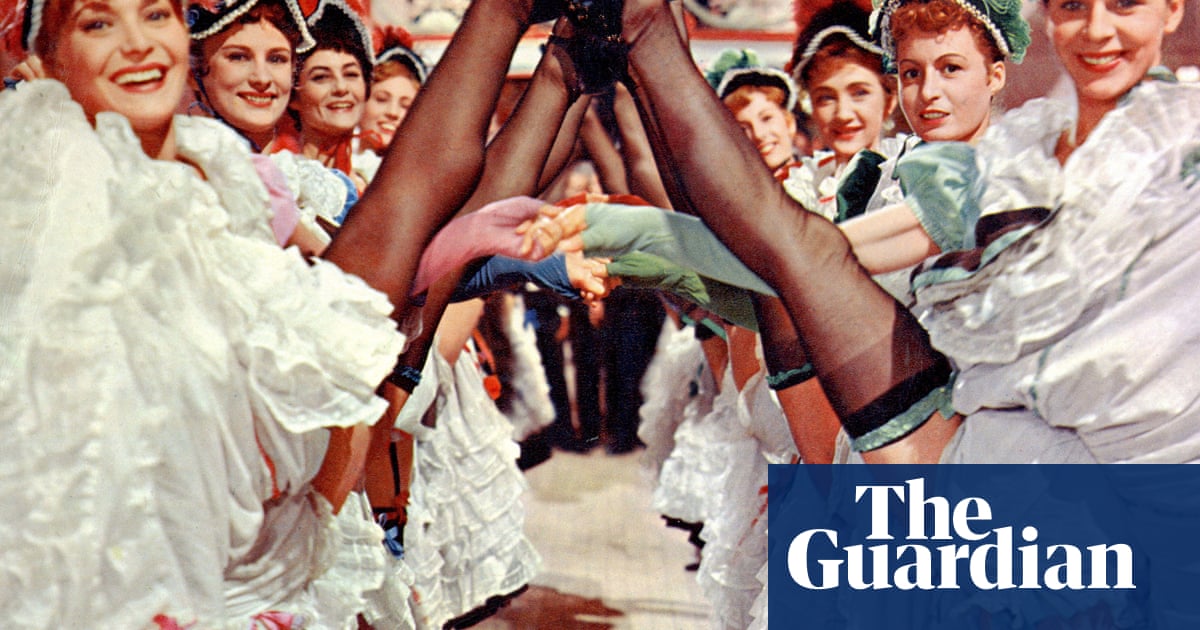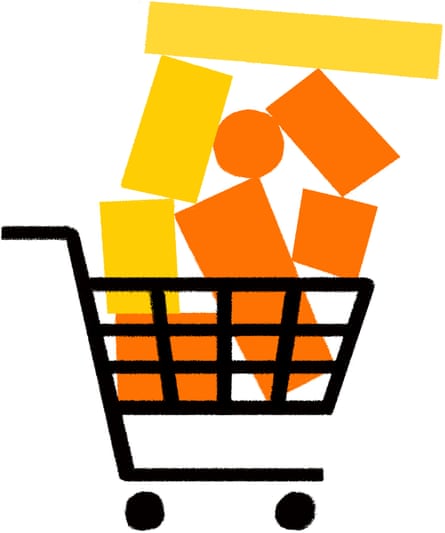
Freedom of choice is a venerable American value. Donald Trump’s attachment to it is, however, highly selective.
Over the first four months of his administration, Trump has been eagerly promoting the expansion of choice in our economic lives. That’s especially the case when it comes to our role as consumers. Think kitchens, baths and automobiles; the stated goal every time he talks about commodities has been increasing the number of options so we can select and buy what we like best – environmental effects notwithstanding. Even his tariffs are only supposed to bring temporary pain, as in emptier toy shelves, before American-made abundance starts to rule the day once again.
In our political lives, though, it’s a different story: the president and his administration have been busy instituting new restrictions on both the possibilities on offer and the picking itself. As citizens rather than consumers, we’ve been explicitly told our options are permanently contracting to “save our country”. No longer, for example, should it be possible to share “radical, anti-American ideologies” in our classrooms or decide how we want to be addressed.
As a result, our economic and political existences are now on rapidly diverging paths – with questions about what choice is good for, where it counts, and who is in charge of the menu at the core. What we are seeing is the emergence of a new kind of authoritarianism that still pays homage to libertarianism, but only in the realm of consumer choice.

A choice explosion
There is a long backstory here. Ordinary people, wherever they found themselves in the world, once had many fewer choices to make than we typically do today – and they didn’t attach as much meaning to the act of choosing either. One of the things that made one free prior to the modern era was not having to make a lot of decisions about where to live, how to make money, whom to marry, what to own or which political philosophy to back.
But over the last two and a half centuries, the range of both options and opportunities for choice-making – from determining what to eat for lunch to deciding with whom to spend one’s days and nights – has increased exponentially. The categories of people given the formal power to exercise this kind of self-determination have expanded, too, even as the possibility of being able to use this power has remained wildly unevenly distributed. This isn’t just an American story either. Something similar has happened in countries around the globe that consider themselves capitalist democracies.
The roots of this choice explosion extend all the way to the 17th and 18th centuries. The expansion of global commerce in the first age of empire is one major source. That’s when advertisements and displays of new products in western European cities made use of increasing variety in goods, such as colored and patterned fabrics from south Asia, to develop the idea of consumer choice. The Reformation is another point of origin insofar as it shattered the unity of European Christendom, eventually putting religious and then intellectual choice on the table as well.
Shopkeepers, auctioneers, itinerant preachers and printers helped lead the way, alongside philosophers and novelists. We might think of all of those figures as early versions of what behavioral economists today call “choice architects”: people whose job is to construct the menus of options and, often without calling much attention to themselves, establish the rules for the game of selection. Their power, even when limited, stemmed from creating the conditions for the flourishing of what we have come to experience as the “freedom of choice”.
But it was the late 19th and 20th centuries that truly sped the process along, turning choice-making into a habitual part of life. Along with more to choose with every passing year came a mass movement towards imagining ones’ life story as constructed out of free choices made in our free time. Democracies were a final piece of the puzzle. Though the era of the American and French Revolutions had already established elections as vital to self-rule, after about 1870, one nation after another began instituting and standardizing technologies like the secret ballot that brought political determinations into line with a range of other individualized, preference-based activities.
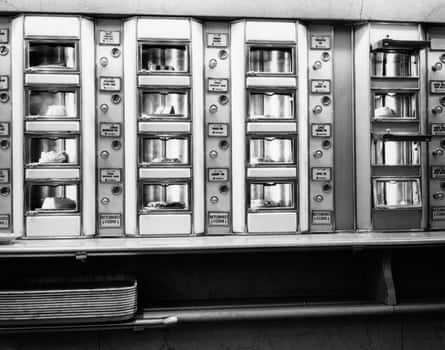
Today – at least in theory – we shop for goods, entertainments, courses of study and vacations. We pick our friends, lovers and life partners. We vote for our favorite candidates. We select where we want to live, what we want to do for a profession (though, exceptionally, not what we do when we are actually on the job), whether to have children, and even insurance plans to hedge our bets when facing situations beyond our control. Whole sciences explain how and why we choose what we do and with what consequences. The promise is that, with our own choices, we can get what we personally prefer. And we can be the autonomous people that we yearn to be.
None of this is to suggest that the proliferation of choice has been an unmitigated boon for humanity, as critics have pointed out repeatedly along the way. Voices on the right of the political spectrum have long bemoaned the way an emphasis on choice upends tradition, especially in the moral sphere – making almost every decision into a form of marketplace transaction in which individual taste rules the day. Many on the left have agreed to an extent, suggesting that modeling life on a shop window or bazaar – in which a product, human or otherwise, exists for every desire – leads to the obfuscation of deep inequalities of opportunity and the neglect of our obligations to each other along with the planet itself. They have also complained (quite rightly) that choice is always a lot less free, in the sense of unconstrained, than we might think.
Still, “choice” has long been a favorite word on both sides of the aisle in US politics (and not least when the issue is contentious, like the future of healthcare). That helps explain why “the right to choose” seemed like a promising slogan in the early 1970s to abortion rights defenders who were eager to find an uncontroversial framing device for their advocacy work in the aftermath of Roe v Wade. Who could object to simply having more choices, especially when the promise was that one could pick in accord with one’s personal values and desires? From billboards to human rights decrees and constitutions, choice has come to stand for freedom itself. It is even a marker now on global happiness indexes; more of one means more of the other. Ever since the end of the second world war, this assumption has made our economic and political lives seem intrinsically linked.

But that isn’t where we are now. Despite its sporadic and often misleading appeal to the language of choice, the Trump administration is intent on undoing this historical pact between consumer and political choice and thus of a key element of the liberal paradigm. While expanding consumer options, or at least giving the impression this is the plan, this presidency is working hard to limit options in almost all other spheres.
Something similar is being attempted by many of Trump’s counterparts in other increasingly illiberal capitalist democracies, from Hungary to India, around the globe. (And perhaps this is not just a story about capitalist democracies – even China could now be understood as a nation in thrall to consumer choice at the expense of other forms of freedom.) But this disjunction is becoming especially pronounced in the US, where choice is continuing its ascent in one sphere (albeit within the constraints of an ever-changing policy on tariffs), just as it is being rapidly circumscribed, in both practice and lingo, in most others.
When it comes to freedom of choice for consumers, which has long been offered up as the flip side of deregulation for industries, Trump and his minions are all in – at least rhetorically. They borrow cliches that are recognizable from 18th-century sales pitches promising “the greatest choices” in fabrics all the way to Milton and Rose Friedman’s bestselling 1980 book and TV series, Free to Choose. The argument is as much about personal liberty as economic benefit.
Right off the bat, in his inaugural address this January, Trump promised Americans that he was ending the electric vehicle mandate, as well as the rest of Joe Biden’s environmental initiatives, not just to save the auto industry but also so “you’ll be able to buy the car of your choice.” Consecutive executive orders have extended that same logic to appliances, lightbulbs, plumbing and even K-12 education. Undoing regulations that save water and energy and reduce global warming will “safeguard the American people’s freedom to choose from a variety of goods and appliances”. Getting rid of “federal meddling” will also restore “shower freedom”, which depends upon Americans being “free to choose their showerheads”. As for schools, in which the right has long supported a voucher system so that families can select the educational approach they prefer in a marketplace that includes religious and for-profit along with public options, the executive order states: “Pres. Trump will provide every available opportunity for parents to enrich the education of their children through individual choice.”
“Making America Great Again” thus turns out to be largely a promise about an odd kind of consumer paradise. It is not competitive pricing and affordability Trump is after. Nor is it safer or improved goods that would lead to better health and welfare. Rather, just having more options from which to pick is the new holy grail, whether we are talking about dishwashers or elementary schools. Never mind that high tariffs and protectionism will likely make everything more expensive or constrict the field of choice itself at least for a while, forcing parents to buy, in Trump’s words, “two dolls instead of 30”. In fact, under pressure from the business wing of his party, he’s already backed away from the most dramatic of these measures. In the Maga utopia, the deregulation of businesses, especially when it comes to abandoning rules about environmental concerns or racial equity or even corrupt practices, ultimately creates a cornucopia of possibilities for purchasers, who are going to be newly empowered to vote with their wallets for whatever products they like best. Consumer choice is recast as a fundamental right and freedom.
Yet apart from the arena of consumption, Trump is little invested in expanding individual, preference-based selection making. On the contrary, in the political sphere, the president seems to be looking to move the US in precisely the opposite direction. Even with falling approval ratings, he is still counting on considerable popular support for a vision of the world in which Amazon offers up thousands of potential possibilities, from movies to toasters, for our pleasure, but nativist chauvinism and a limited repertoire of Christian values curtail options and opportunities for choice in most other domains. He and his fans view it as the function of a strong executive to make both our reality.
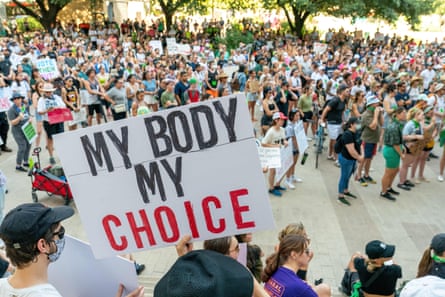
When it comes to things that don’t take the form of sellable commodities, the parallel framing around freedom as choice has all but disappeared from the vocabulary of this administration. It’s also fast disappearing from policy itself, as representatives of Trump’s brand of Republicanism challenge both the traditional understandings of executive power and constitutional protections around civil and political rights. The latter are precisely those rights outside the consumer sphere – such as religious rights, marriage rights, and rights to determine political representatives – that have been redefined as matters of choice ever since the drafting of the Universal Declaration of Human Rights in the aftermath of the second world war. This isn’t how they are being defined by the US government now.
The ability to make one’s own determinations in ideas, expression and ideology, despite some early Trump administration bromides about the importance of freedom of speech, is on the chopping block as a result of yet another set of executive orders and agency moves. That includes bans, wherever federal dollars or other forms of federal patronage are at stake, on diversity, equity and inclusion (DEI) initiatives, the investigation of the climate crisis, the expression of pro-Palestinian sentiments, or the promotion of history, art or literature that runs counter to so-called “patriotic” education, among other topics. Such menu limitations are already being felt from classrooms and laboratories to federal agencies and cultural institutions, even as court challenges are growing in number. Restrictions on people’s choice of residency or travel are also more visible by the day, not least in the actions of Ice. Let’s not forget, either, new limits on options in our sexual and familial lives – such as efforts to further reduce abortion rights at the federal level and refusals to allow people to determine their own identities – especially when it comes to gender.
Then there are efforts to curtail voting itself, which is the primary form of political choice. Kamala Harris tried during her brief presidential campaign last year to tie support for voting rights to abortion rights as similarly threatened “fundamental freedoms”, though the idea never gained much traction. This administration sees things differently.
Elections themselves are not likely to disappear entirely any time soon; almost every nation state in the world, no matter how dictatorial, continues to enable some form of voting by citizens. That’s because voting is so closely associated today with the idea that, in any legitimate state, the people’s interests need representation. Trump, moreover, likes to claim a popular mandate for his actions, even as he sometimes flirts with the idea that he is a “king” who is unbeholden to anyone but himself.
Still, the Trump administration is already eagerly suggesting that elections won’t be happening in the same way as they once did, after long insisting that any Trump defeat would be a sure sign of election fraud, thus delegitimizing in advance all but one predetermined result. Indeed, as a slate of proposed new rules designed to actually discourage voting in future federal elections makes clear, much of his administration’s energy in these first months has gone into trying to find new ways to limit who has access to political or intellectual or even cultural choices; to take off the table or reduce rather than increase the set of options available; and to narrow the parameters within which choices can be made and registered. What other purpose could, say, new restrictions on the due dates for mail-in ballots in federal elections serve?
Even the study of choice-making, one of the great developments of 20th-century social science including psychology and economics, is now being reduced by every means possible, from cuts to whole research-funding programs to the blockage of grants for projects making use of certain prohibited words.

Choice architect in chief
What Trump is doing is not so much abandoning the idea or practice of choice as making himself our nation’s premier “choice architect”. And he’s doing it – at the expense of both the other branches of government and much of the private sector – as part and parcel of the expansion of executive power. That is, he is using the authority of his position to grant the rest of us sets of approved options, from ideas to identities, but also continually reminding us that it is he, as the nation’s chief executive, who determines who gets to choose and how and when and where. Even threats of high tariffs are meant as leverage – pressure tools in a competitive environment, so that the president can tilt the field the way he likes and remake the set of options on behalf of the US consumer. (Artificial intelligence will surely help.)
This is a new, 21st-century form of authoritarianism marked by an enduring quasi-libertarian streak when it comes to consumption rather than citizenship. Of course, the freedom of the shopper has never been total freedom. It has always been shaped and bounded by multiple forces, from the interests of business owners and for-profit taste makers to the “nudges” characteristic of anonymous, technocratic policy making, such as using incentives to get people to willingly choose to save more for retirement. But over the last 75 years, much of this choice architecture has become both ubiquitous and invisible, with the promise that personal choice meant personal liberty and that freedom in one sphere would be matched by a similar form of freedom in another.
The age of choice isn’t fully going away any time in the near future. It is both too entrenched and too profitable. But in a sharp break from much of recent history, our political and economic lives seem to be heading in opposite directions: investment in consumer choice (even if tempered for now by tariffs) is expanding in the Trump era in part as cover for the fact that political choice, along with choice in how to think and live, is on a steep decline.
Sophia Rosenfeld is Annenberg professor of history at the University of Pennsylvania and author of The Age of Choice: A History of Freedom in Modern Life (2025).

.png) 19 hours ago
9
19 hours ago
9

